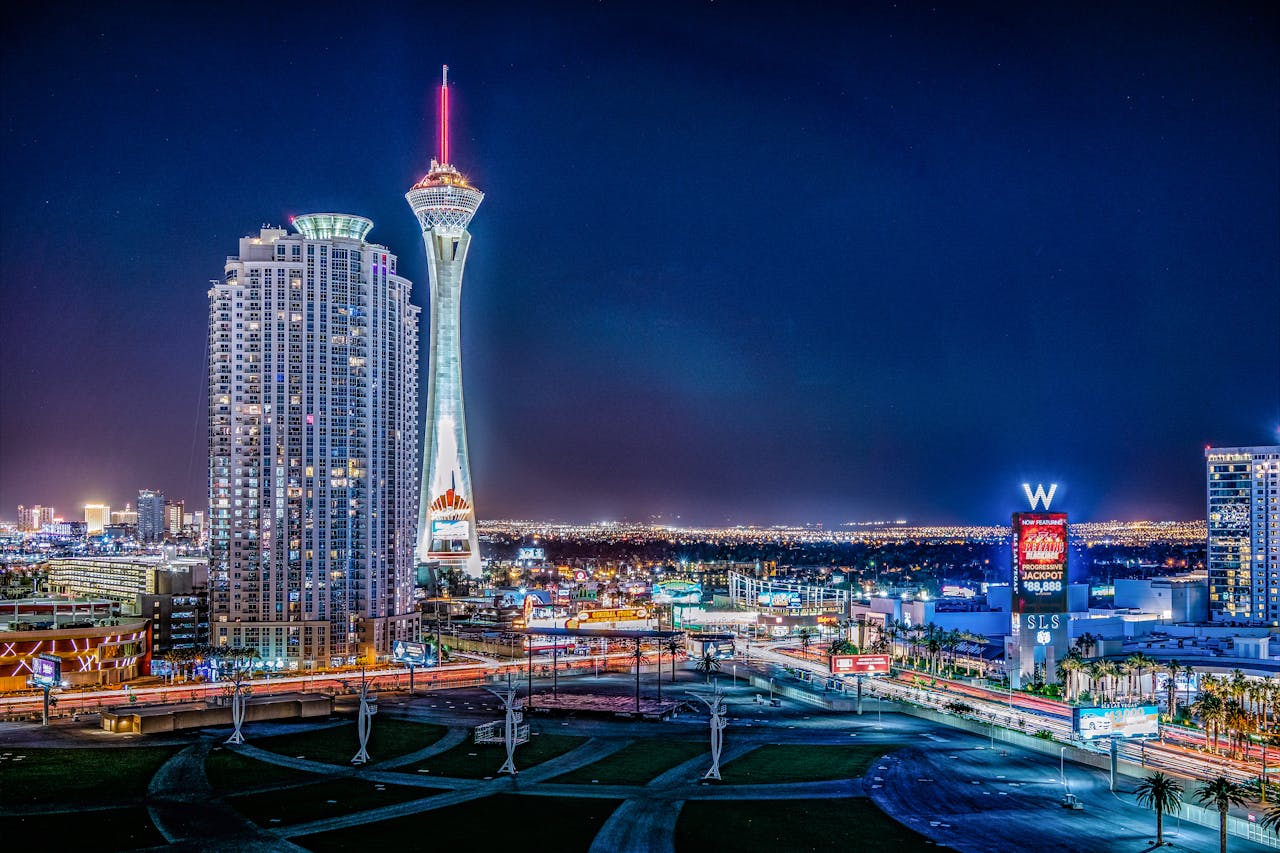Gen Z still meets friends at bars, but habits look different. Many choose zero proof drinks, shorter nights, and more control over music and payments. That shift trims tabs and tips, which frustrates bartenders who rely on busy late hours. U.S. law still sets the drinking age at 21, so strict ID checks shape the night. With QR menus, app tipping, and earlier curfews in some cities, bar culture is changing fast, and staff are racing to adapt. Most states cap last call near 2 a.m., while New York City permits 4 a.m. closings in many counties.
1. Sober-Curious Menus Cut Alcohol Sales
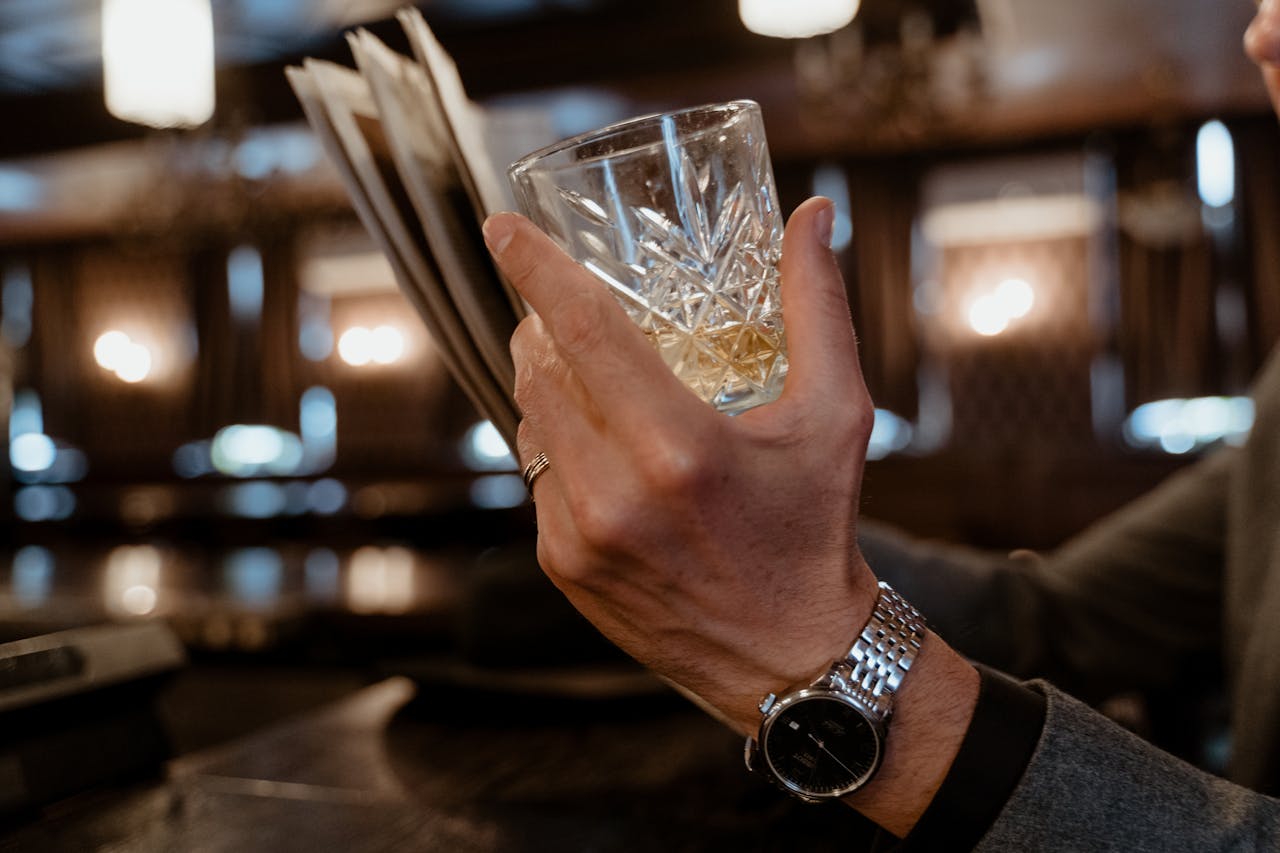
Bars now build sober-curious menus with 0.0% beer, spirit-free spritzes, and herbal bitters. In 2013, Dry January started in the U.K., then spread widely, encouraging break months. U.S. labels treat non alcoholic beer as under 0.5% ABV, while 0.0% means no alcohol. Fewer full strength orders shrink average checks, so tips fall. Safety note: the legal drinking age in the United States is 21. Teens can still join groups for food, music, and games without ordering alcohol. Mocktails still cost money because fresh juice, house syrups, and garnishes take time to prep during the dinner rush.
2. Shorter Evenings Shift the Bar Rush
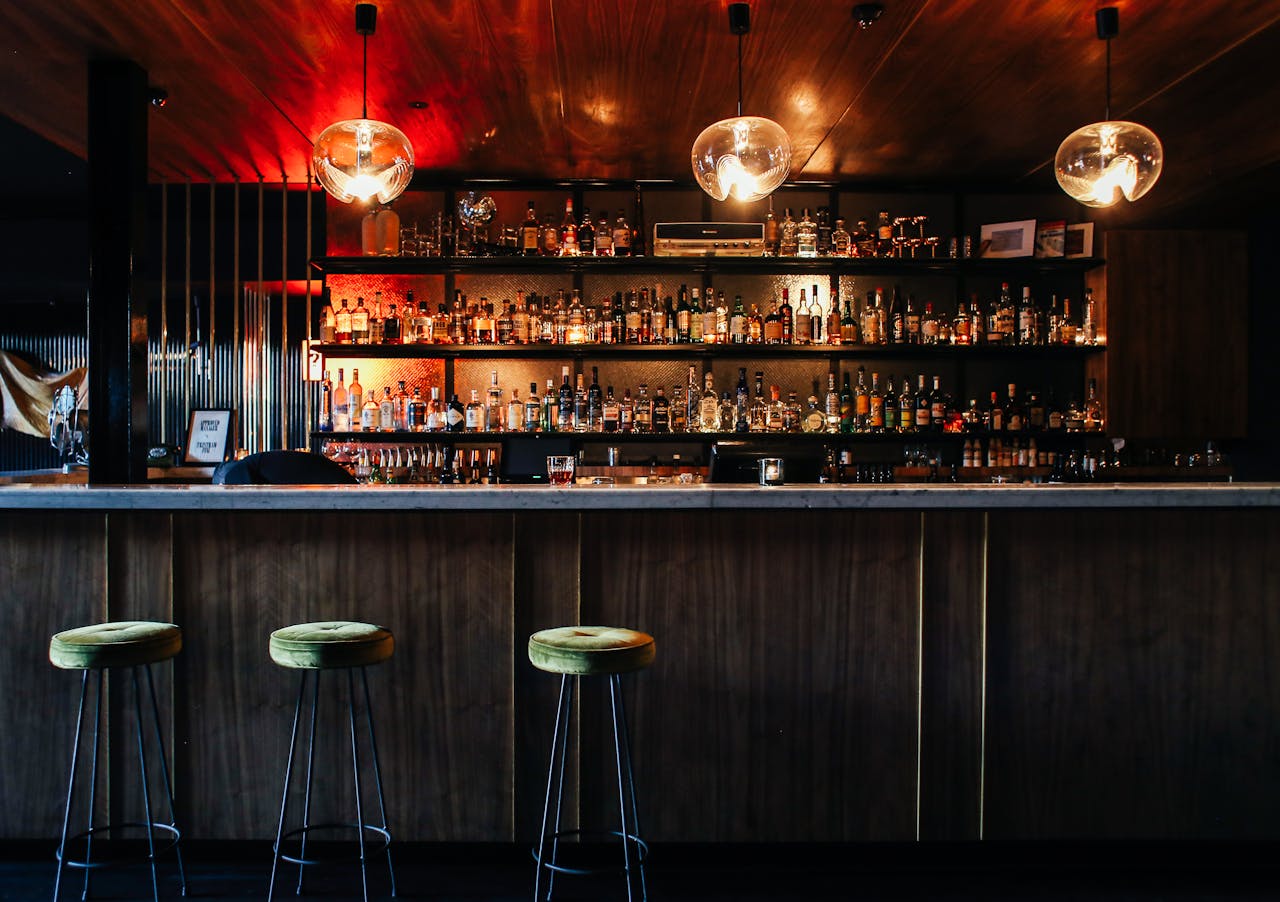
Gen Z often meets earlier and heads home sooner, which moves the rush to 6 p.m. through 9 p.m. Many cities end service at 2 a.m., while parts of New York allow 4 a.m. closings. Shorter stays reduce second and third rounds, so bartenders see smaller tabs. Kitchens commonly stop food near 10 p.m., which affects orders and tips. Practical move: close your tab before the last call bell to avoid crowds and keep the line moving for others. Earlier nights also change staffing, pushing more workers into dinner shifts and fewer into late closes. Transit schedules favor earlier exits.
3. Digital Tipping And $2.13 Wage Tension
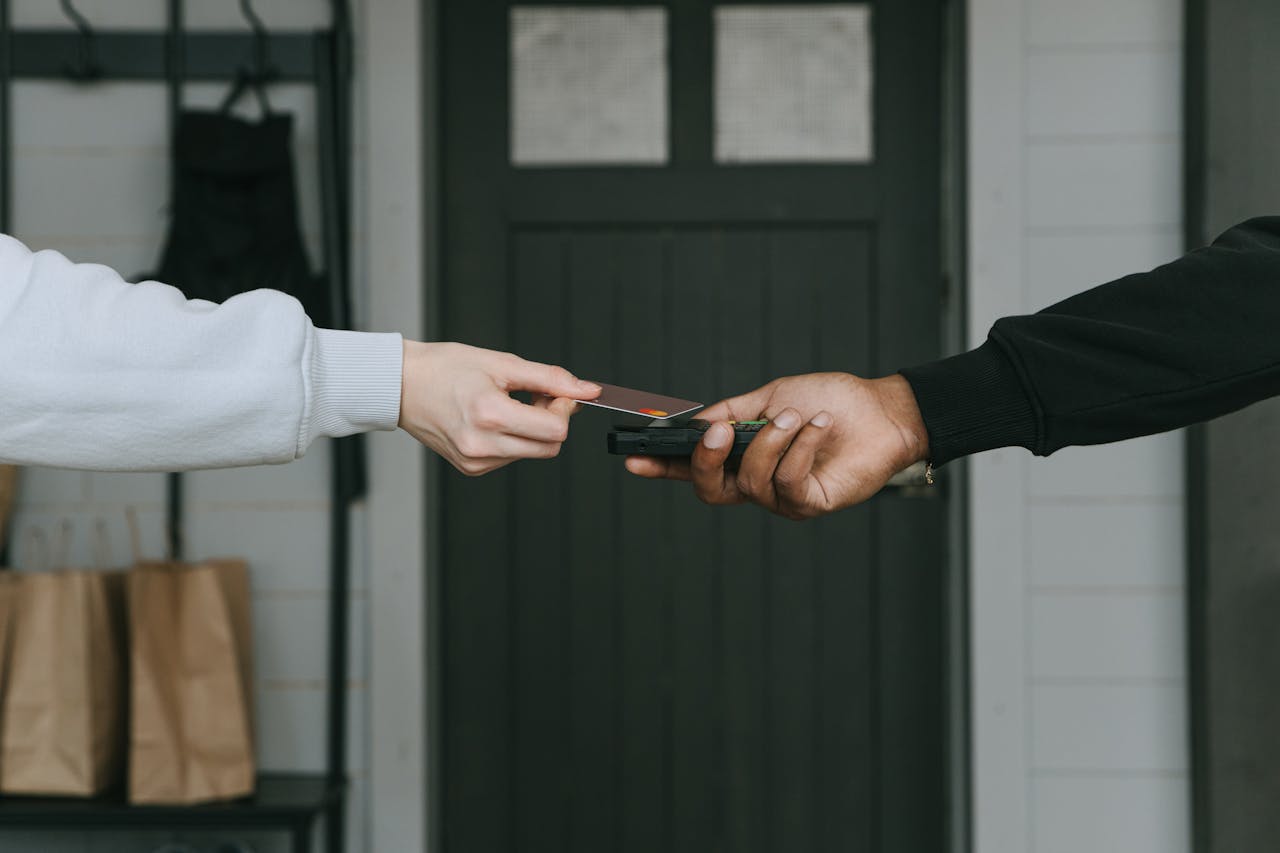
Tablet checkouts ask for tips on small tabs, and default buttons can feel pushy. Under federal rules, the cash wage for many tipped workers is $2.13 per hour, unchanged since 1991, so gratuities still matter. Split checks and tiny card charges slow the bar on busy nights. Decide your tip percent before the screen spins, then sign fast to help the line. If service fees appear, ask what they cover, since some venues include a set charge in place of tips. QR menus and phone wallets are common after 2020, so plan a standard tip like 18 or 20 percent and add more for complex orders.
4. TikTok Custom Drinks Slow Service
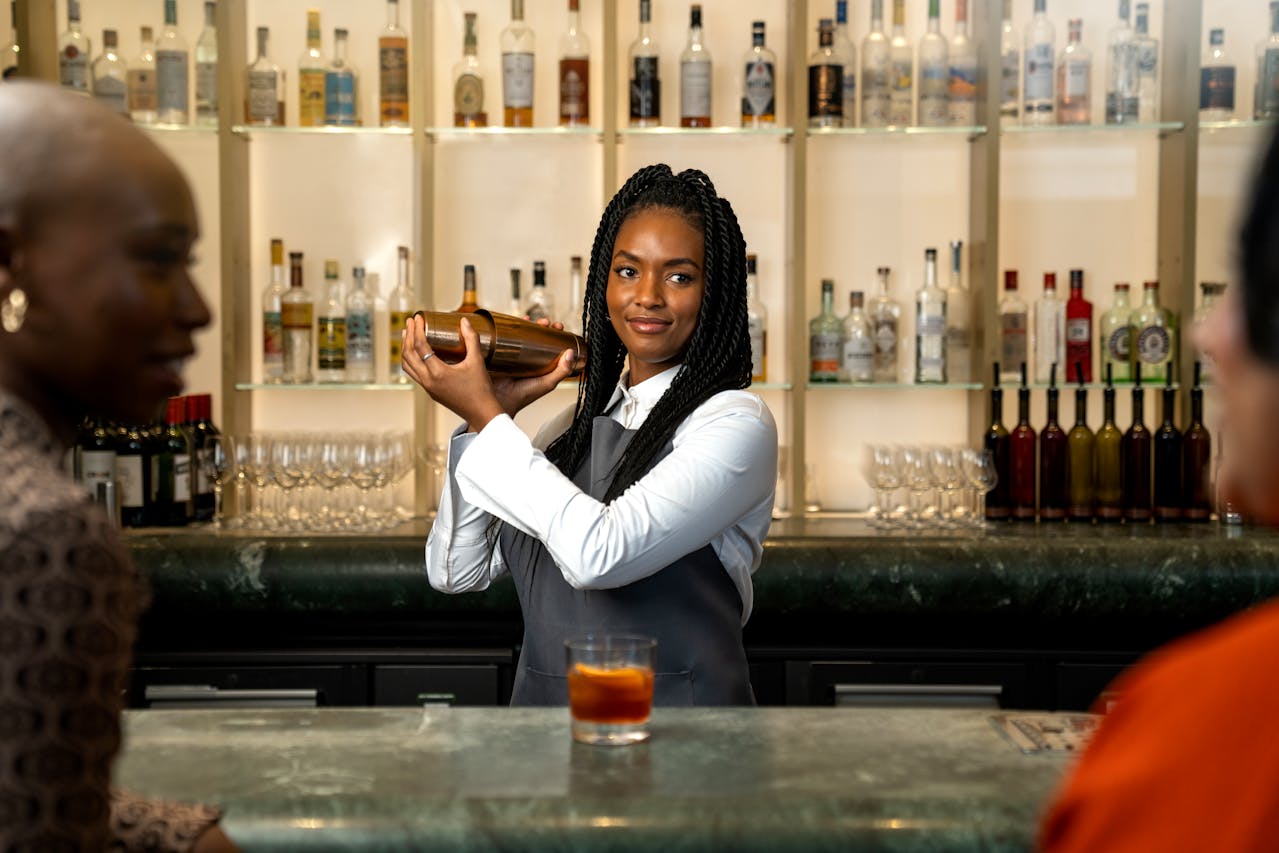
Viral videos inspire off menu recipes with multiple syrups, milks, and garnishes. Each shaken cocktail needs about 10 to 15 seconds for proper chill and dilution, and every tweak adds time at the rail. When five friends customize deeply, printers stack tickets and delays ripple. On packed nights, choose listed house drinks that the team can build fast and consistently. Save experiments for slower hours. Most bars measure pours in ounces, so unusual sizes disrupt recipes. If you have allergies, say so first so bartenders can avoid cross contact and choose safer ingredients or offer options.
5. ID Scans, 21 Rule, And Refusals
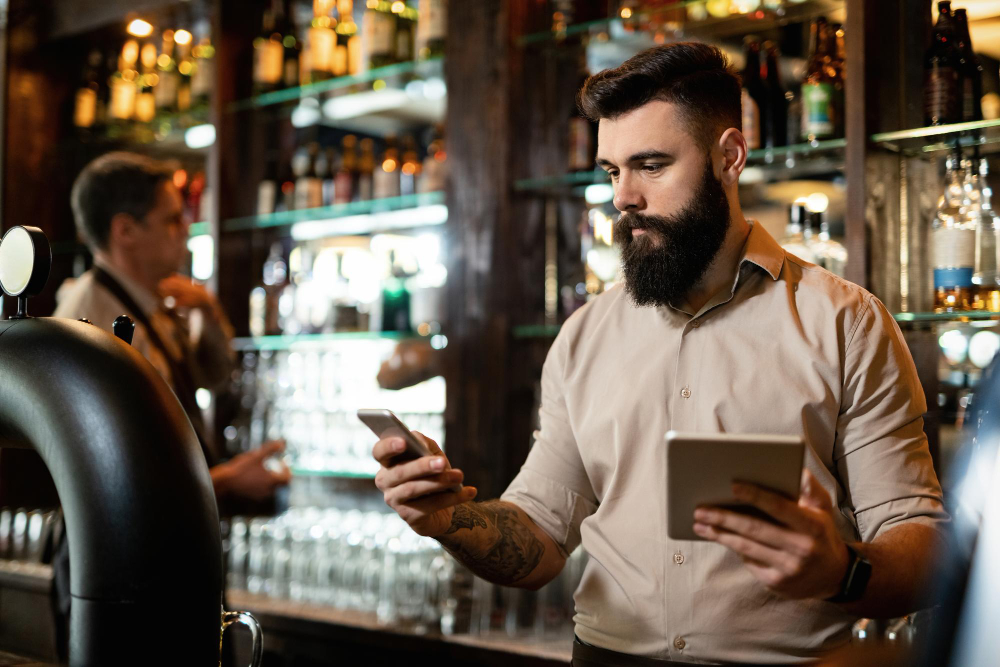
Age 21 has been the national standard since the 1984 law that linked highway funds to state drinking ages. Bars use barcode scanners on licenses and still require a physical photo ID in most states. Driving limits sit at 0.08 percent blood alcohol concentration across the U.S., so planning a sober ride is essential. If staff refuse service, arguing risks removal. Best practice: carry a current government ID and a backup card, and respect posted house rules. Temporary paper credentials are often rejected at doors, and many states issue vertical licenses until 21, which bouncers spot instantly.
6. Volume, Filming, And Space Safety
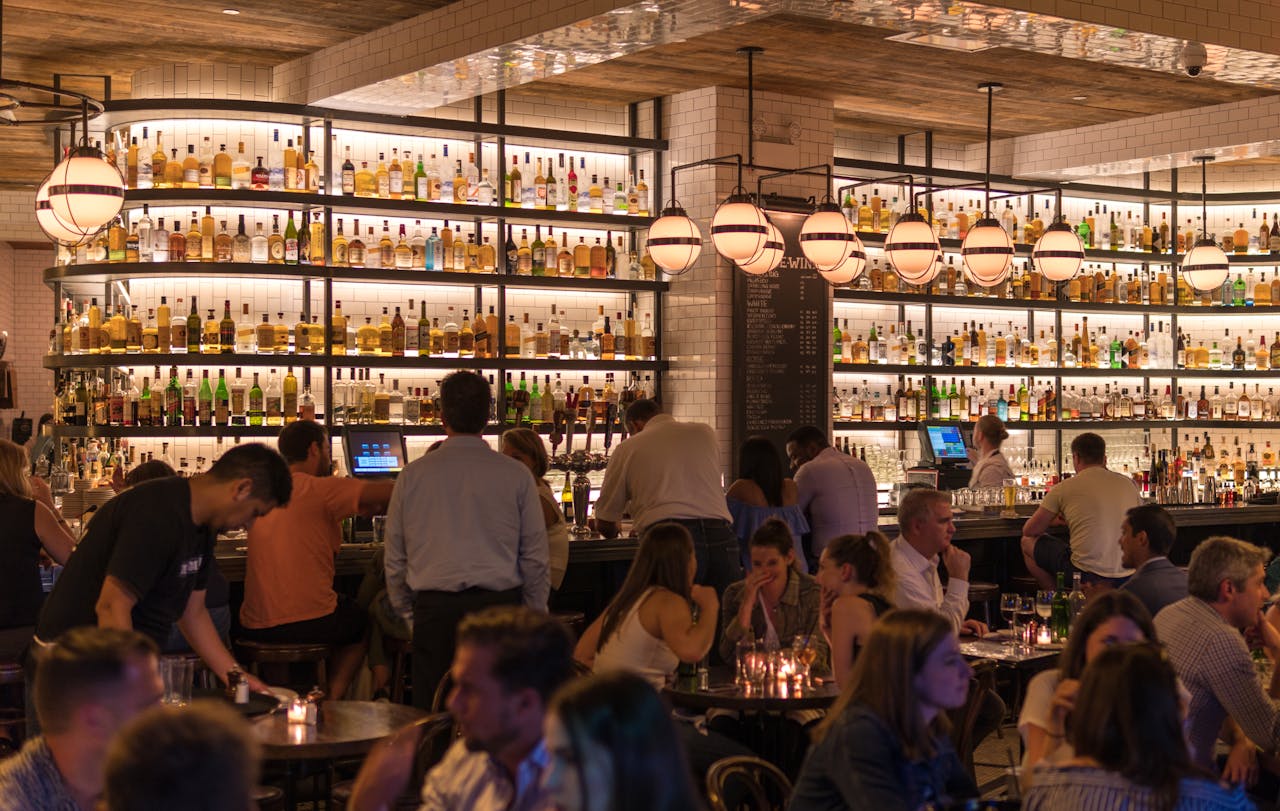
Crowded rooms can exceed 90 decibels, a level OSHA ties to limited safe exposure over 8 hours. Many guests ask venues to aim for 80 to 85 so conversations are possible. Filming staff or strangers without asking can create conflicts, especially in tight bars. Always get consent, keep flash off, and avoid leaning on the service well. Safety tip: leave clear walkways for exits and servers carrying glass, and report spills so floors do not become hazards. Simple earplugs help during loud sets and still let you talk. Respect posted signs that mark staff-only zones, especially behind the bar.

